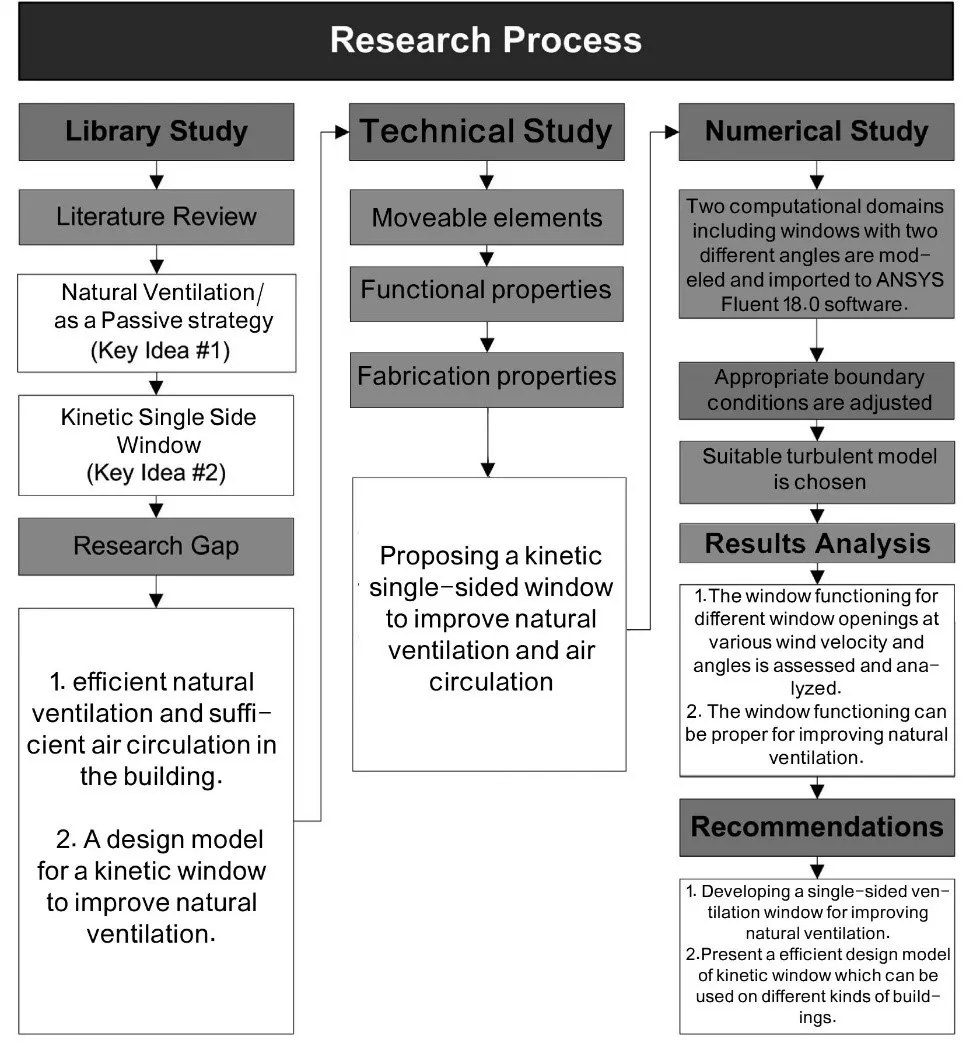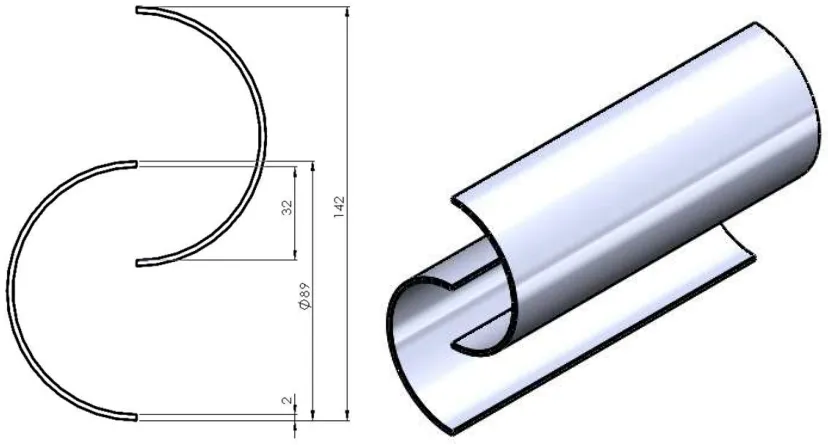Found 3 results
Open Access
Article
25 September 2025An Angles-Based Design of an Island-Type Fishway and Its Hydraulic Properties Inside the Channel
With the development of hydraulic and hydroelectric projects, the connectivity of natural rivers has been disrupted, impeding the migration of migratory fish and affecting their reproduction and population sustainability. This study investigates a novel island-type fishway, where combinations of island structures and arc configurations dissipate water flow energy and reduce flow velocity, thereby minimizing resistance to upstream fish migration. The research focuses on the influence of island angles on the hydrodynamic characteristics within the island-type fishway. Experimental results indicate that low-velocity regions downstream of the island exhibit larger areas when the island angle is −60° or 60°. Meanwhile, at an island angle of 0°, the maximum flow velocity and the average flow velocity are reduced. Additionally, turbulence kinetic energy in the fishway chambers is effectively suppressed, with both maximum and average turbulence kinetic energy maintained at low levels. The water level variations caused by changes in island angles are minor, with an advantage observed when the island angle is set to 0°. These findings provide a reference for the further development of island-type fishways.

Open Access
Article
14 August 2025A Smart Kinetic Double-Skin Window System for Enhancing Natural Ventilation in Sustainable Buildings
This study presents the design and performance evaluation of a smart kinetic double-skin window system designed to enhance natural ventilation in buildings, especially those limited to single-sided airflow. The system dynamically adjusts external blade angles in response to real-time wind conditions, using environmental sensors and automated control to optimise airflow distribution and energy performance. Computational fluid dynamics (CFD) simulations were conducted for two blade configurations (7° and 15°) under varying wind speeds and directions. Results show that the 15° configuration enhances airflow reach and achieves up to 40% higher air change rates (ACH) compared to the 7°, making it more suitable for high-demand ventilation scenarios. In contrast, The 7° configuration produces lower but more uniform airflow, which is more appropriate for occupant comfort in residential or office environments. Detailed analysis of velocity fields, pressure distributions, and airflow paths confirms that the system effectively adapts to wind direction, maintaining balanced ventilation through integrated airflow channels. The simulations were validated against experimental data, achieving a Close correlation. While thermal and buoyancy effects were not included, future work will extend the model to hybrid ventilation scenarios. The proposed system demonstrates significant potential for sustainable ventilation applications in new and retrofitted building envelopes.

Open Access
Article
23 February 2024Influence of Separation Gap on the Performance of Savonius Hydrokinetic Turbine
Despite that ocean current energy is one of the promising sources of electricity produced in the ocean, the development of ocean current energy is far behind compared to other ocean energy due to the low efficiency and high cost of installation and maintenance. Among many converting devices, the Savonius turbine has been proven to be effective and competitive in harnessing ocean current energy. The primary purpose of the present study is to search for the optimum shape of a Savonius rotor based on CFD simulation (Star-CCM+). A Savonius turbine composed of two rotating cup-shaped rotors is selected as a numerical model. We focus on the effect of two geometry parameters such as the overlap and gap ratio on the power coefficient. Throughout the parametric study, the shape of a Savonius rotor affects the power performance, and two geometry parameters with an overlap ratio of 0.15 and a gap ratio of −0.03 are found to be the optimum design. It demonstrates stable performance within the wide TSR (Tip Speed Ratio) range of 0.6 to 1.6, with the maximum power coefficient Cp of 0.34 achieved at a TSR of 0.8. According to the numerical results based on the new CFD model, the presence of a bottom wall does not significantly affect the performance of a Savonius turbine. It means that the present unbounded CFD model can be acceptable in the initial design stage for the determination of the geometry parameters of a Savonius turbine.
